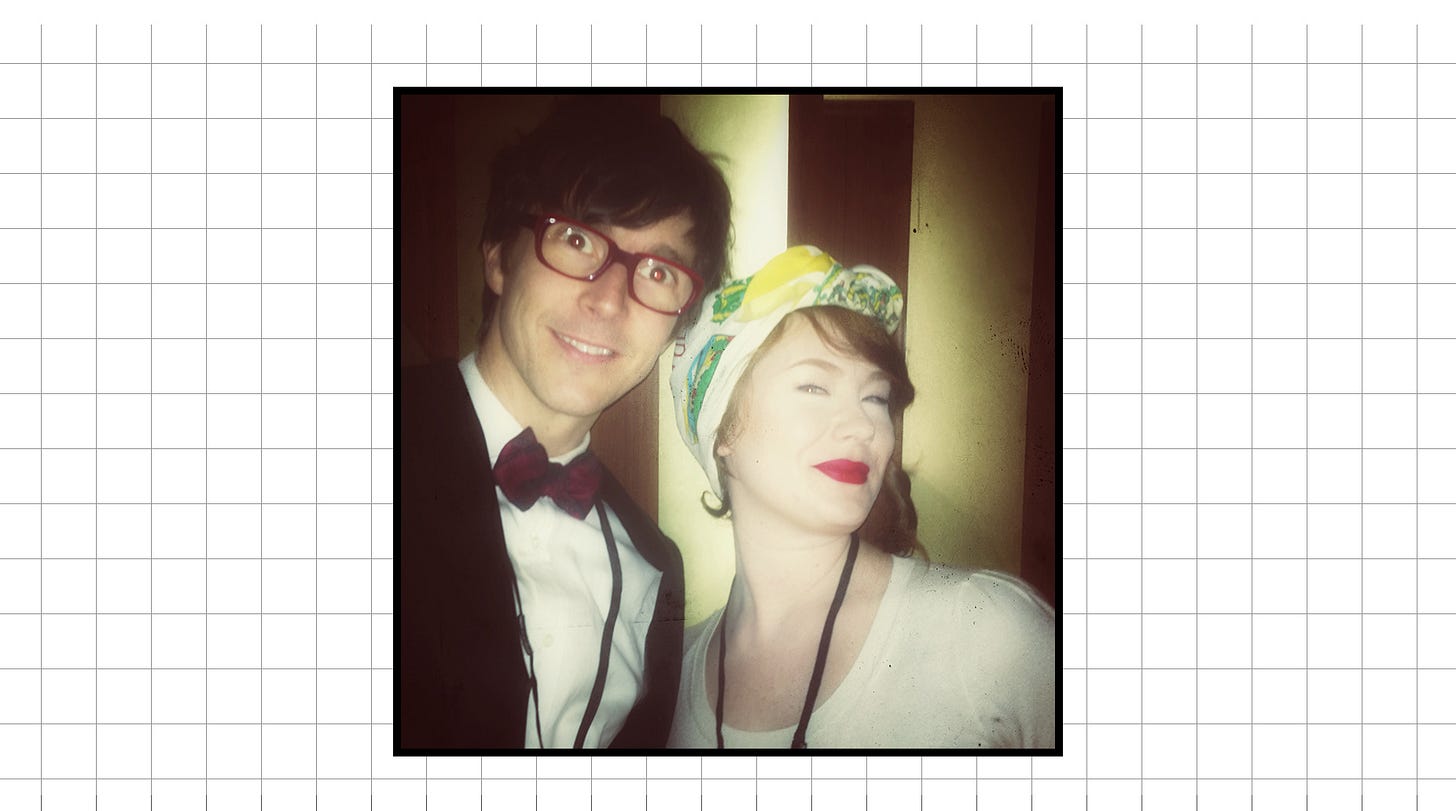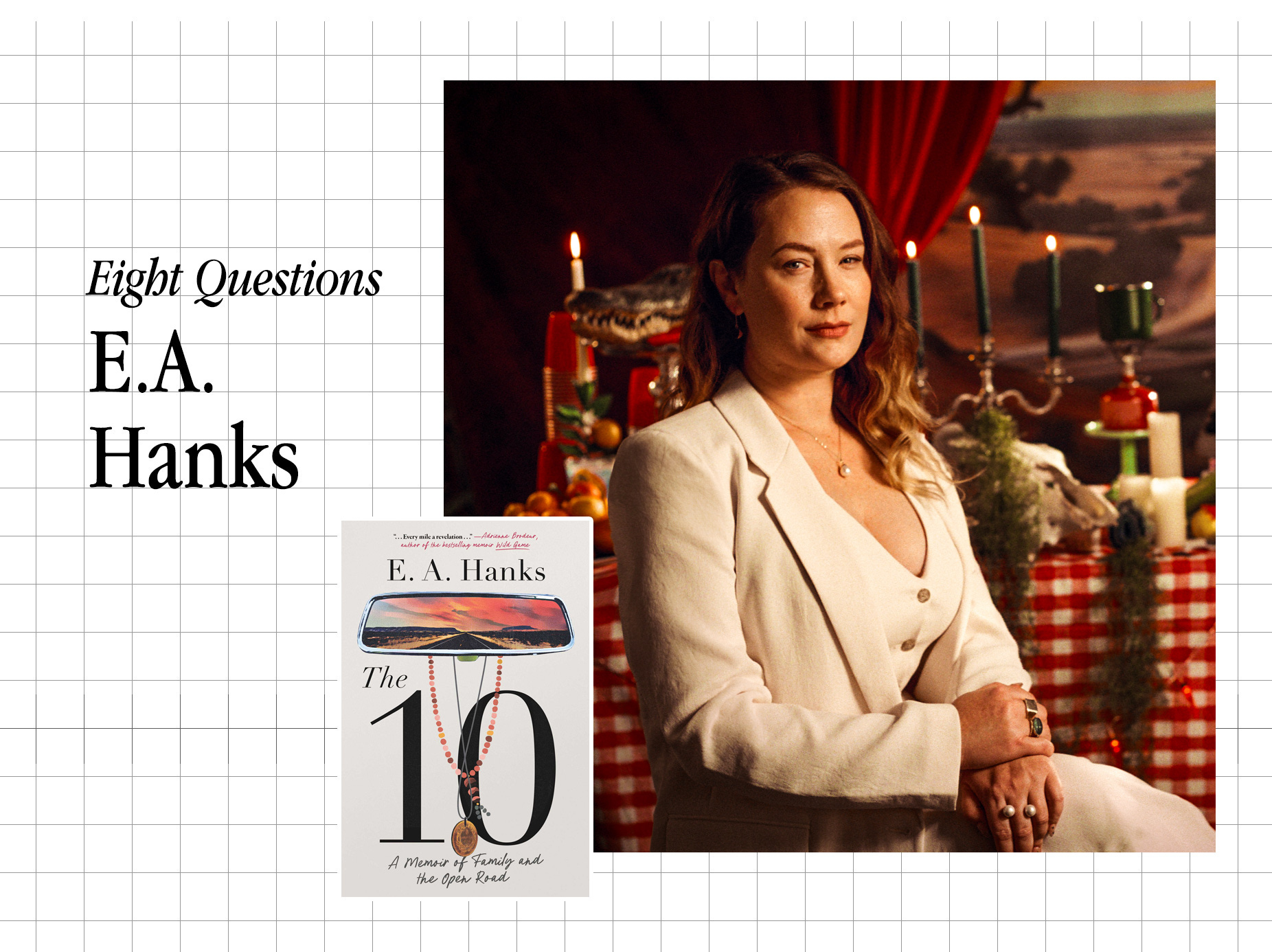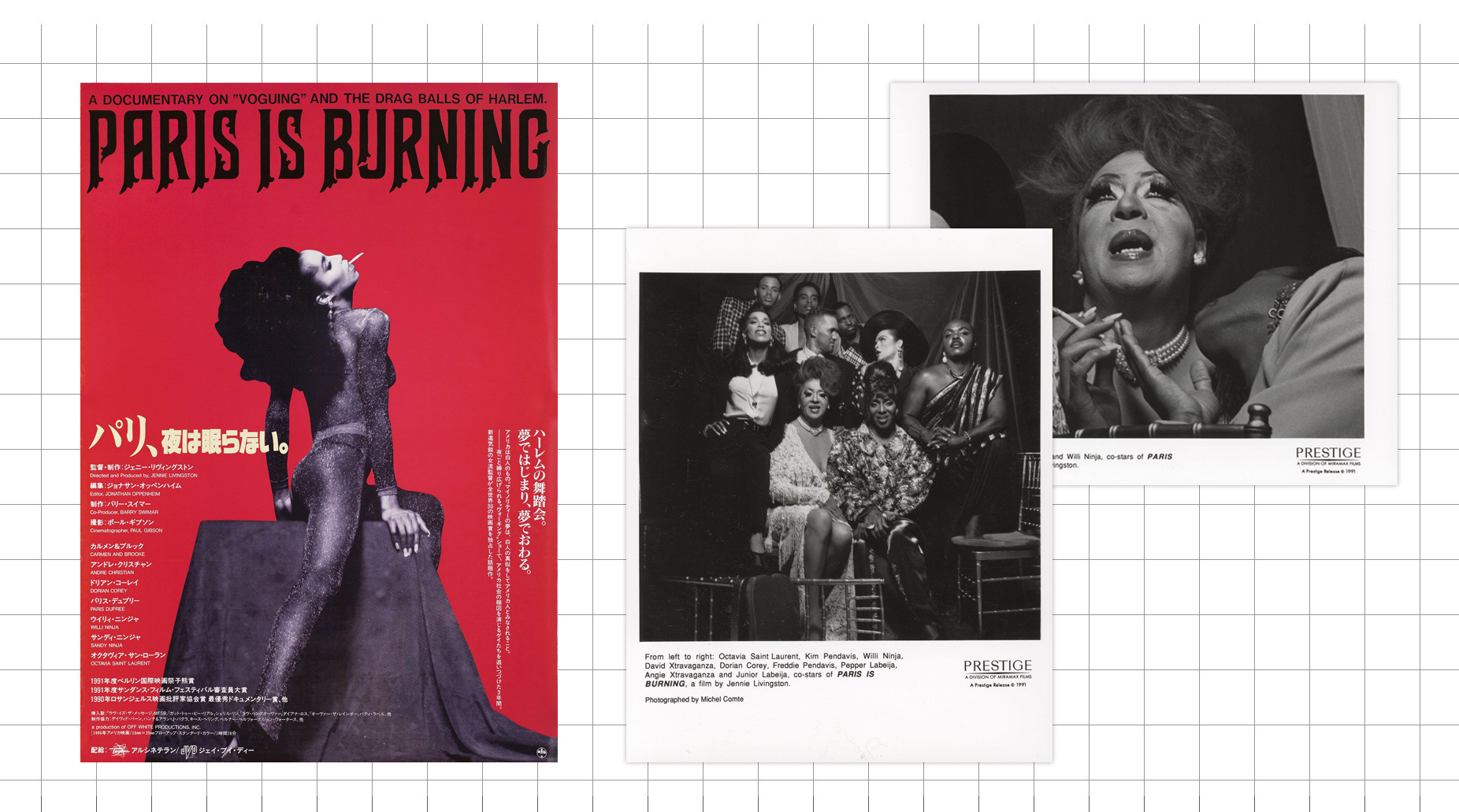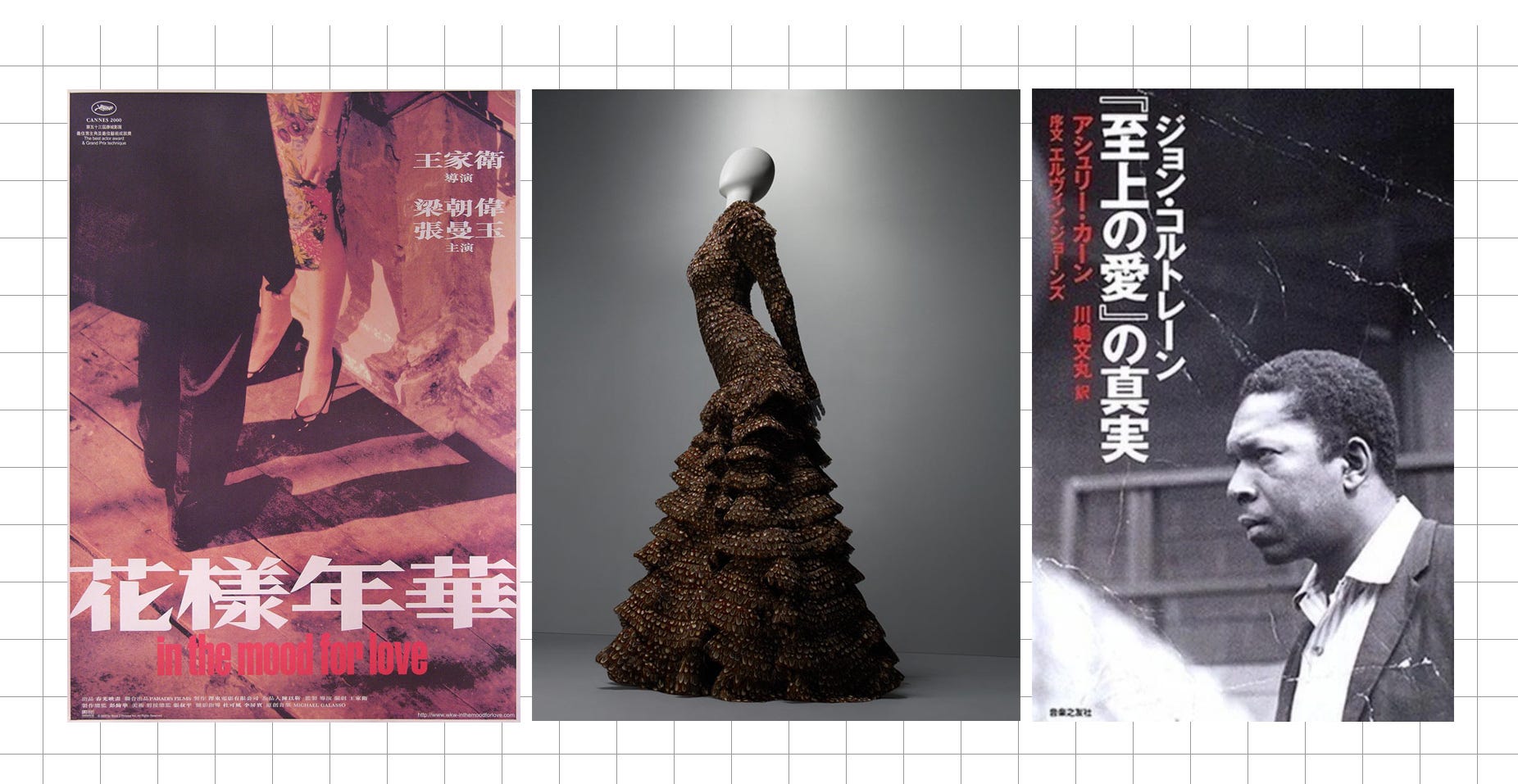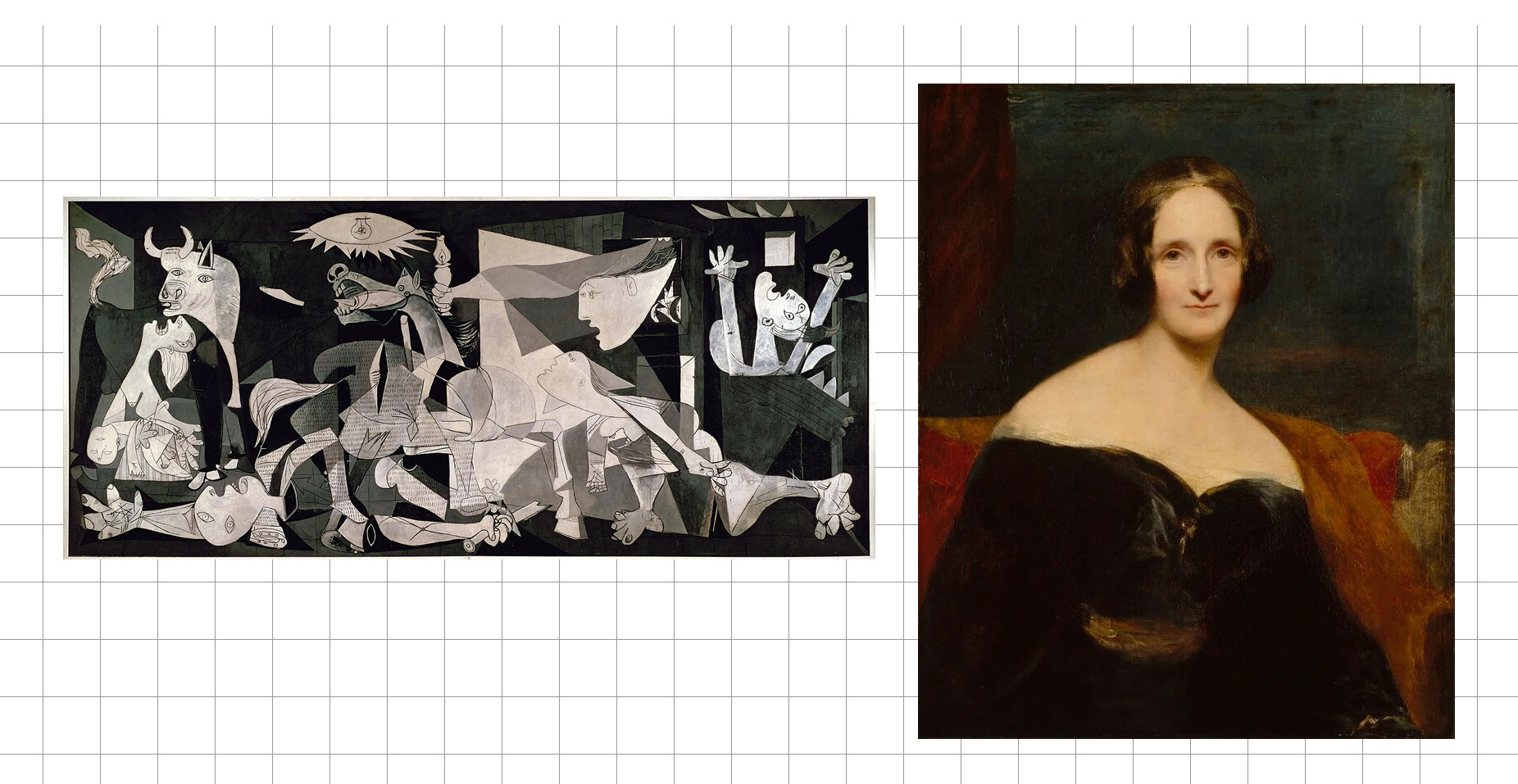8 Questions for E.A. Hanks, Author of The 10
Following the release of her memoir, ‘The 10,’ author and journalist E.A. Hanks answers an Octet questionnaire.
This issue’s guest is author and journalist E.A. Hanks. Her memoir, The 10 — released last week by Simon & Schuster — charts her journey to uncover and understand her mother’s story, a startling and violent mystery, and her own place in the family tapestry.
I’ve known Liz for 16 years, having first met at the Sunset Tower Hotel, in Hollywood, in the week running up to 2009’s Vanity Fair Oscar Party. At that time, I was the magazine’s design editor and Liz, having left her role at the magazine just before I had started in 2008, was one of a number enlisted into the crack team of expert multi-skilled extras staffing the party’s war room and later front lines. (See above, there we are at the 2013 Oscar Party, complete with lanyard straps.) We immediately bonded over mutual friends — the soccer team I played on at the time was peppered with Liz’s Vassar classmates — and our shared delight that one of our fellow war room staffers was the heir to the Spot literary empire. We’d soon become neighbors in Brooklyn, but upon Liz moving back to Los Angeles, she soon offered Andi and me a house-sitting week in her Los Feliz apartment — a trip that led to us finally mustering the courage to move West to, once again, be neighbors with Liz.
We were thrilled to be able to celebrate her book release, last week, at our local Skylight Books, and I thank her for taking the time to answer these questions.
— Hamish
Photograph by Anderson Matthew.
Hamish: How do your surroundings influence your creative work?
EH: This really hinges on where I am in the project, and is all just cope for being brutally and senselessly kicked out of the Vassar Library when I graduated. When it’s early on in the writing, and everything is tender and I am easily spooked, I am a high maintenance diva who needs to be close to the books that are references, a kettle always ready to kick into action, and ideally a great view — which I don’t have in my home office so I swerve in the other direction and basically turned my desk into a library corral, a tiny nook festooned with postcards, my trusty concise OED, and notes.
Later on in the process, it doesn’t matter where I am — airplanes, random rentals, someone else’s office. By that point, I’m usually up against a deadline and don’t have the option to be picky about where I’m working — by the end of The 10, I was writing thousands of words a day and could have been in a slowly filling water tank and I don’t think I would have noticed.
The only constant is the tea. A good cup of P.G. Tips will always be in good order — though I will make do with Yorkshire Gold.
Hamish: What is a movie you think everyone should watch?
EH: Paris is Burning, Jennie Livingston’s 1990 documentary of the gay and trans ballroom culture of New York. Forget being “important,” — it couldn’t be further from homework. It’s hilarious and sad and fascinating and shows how much culture filters up through the social classes, originating from the people who have nothing but culture, art, beauty to sustain themselves.
Hamish: Where do you turn when you’re feeling creatively blocked?
EH: I experienced a lengthy and debilitating writer’s block that altered the course of my life and only recovered with the one-two punch of a whole lot of therapy and the classic The Artist’s Way, which I previously sneered at. I practice the well known “Morning Pages” - three handwritten pages every morning, but I also do the lesser known “Artist Date,” which is once a week doing something alone to fill the tank — a movie, a museum, doodling outside, it doesn’t really matter.
When I’m at the desk, everything is fair game. If I’m stuck but I think watching Amadeus might loosen something up, I’m watching Amadeus.
Walking is also a go-to.
Hamish: Can you share a film or piece of music that always inspires you?
EH: I have so many touchstones that I go back to again and again, sometimes to totally dismantle so I can see how it works, sometimes to just swallow whole, with no purpose other than enjoyment. For music there’s Duke Ellington’s “In a Sentimental Mood,” and Coltrane’s “A Love Supreme,” for film there’s Wong Kar-wai’s In the Mood for Love, and Fosse’s Cabaret, but I go to Alexander McQueen’s Fall/Winter 2006/2007 collection just as often. I could go on forever but I’ll just blurt out Jane Campion’s The Piano, along with its score by Michael Nyman and move on or we’ll be here forever.
Hamish: What reading material is currently on your nightstand?
EH: I’m reading The Oppermanns, by Lion Feuchtwanger. Published in 1933, I believe it was the first novel to portray the Nazis rise to power as it was happening. Usually on the nightstand is a New Yorker from some weeks back, and a pocket edition of Rilke.
Hamish: What is one piece of art you’d like to own and live with?
EH: I’m tempted to say “Guernica” because my experience of trying to stand in front of it was so wretched, being shoved out the way so grown adults could take grinning selfies with it, that I left the museum crying.
There’s a room in the National Portrait Gallery in London dedicated to the Romantics, and I think I’ve probably stood in it, Room 17 on Floor 3, more than any room in any other museum. I’m always drawn to Richard Rothwell’s portrait of Mary Shelley, with her otherworldly eyes, luminous skin, and the eerie intelligence that just emanates from her. I love a big, depressing oil painting. I was going to say “The Beheading of St. John the Baptist,” by Caravaggio, but having Mary watch over me at the desk would feel like a benediction.
Hamish: Tell us about a current or future project you’re excited to be working on.
EH: For the past three years, whenever I’ve been waiting on notes from one editor or another, I have been taking notes for a play about Edith Wharton and Coco Chanel running into each other in the south of France. My life goal is that someone someday asks my father, “Why is your daughter so obsessed with World War I?” Before the war, the Ottoman Empire ruled over millions of people, and most everyone else was ruled by one of the grandchildren of Queen Victoria, either directly or through colonialism. Wharton was really the last woman of the 19th Century, still traveling with servants even after she served on the front lines of the war in her adopted home of France. Coco, who betrayed France during the second World War, was the first woman of the 20th century, making her own money, freeing women of corsets and hobble skirts, creating what we now call a Brand.
They were wealthy, powerful, women who made incredible art, were not especially beautiful and, not incidentally, both roaring Anti-Semites who said women shouldn’t have jobs or educations. I find that equally fascinating and horrifying.
I remember very clearly going to see Steve Martin’s “Picasso at the Lapin Agile” and I plan on stealing from it, hand over fist.
Hamish: Who are the people (living or dead) you'd invite to a dream dinner party — and where would you host it?
EH: At this point in time, I would like to have dinner with Masha Gessen, Hannah Arendt and Natalie Wynn of Contrapoints. I would cheat and beg Nora Ephron to host, with promises that I’d bring jokes and booze.
— Paid subscribers can read some bonus questions, below. Thanks to all who support.
Hamish: If you could give your younger self one piece of advice what would it be?
Keep reading with a 7-day free trial
Subscribe to The Octet to keep reading this post and get 7 days of free access to the full post archives.




